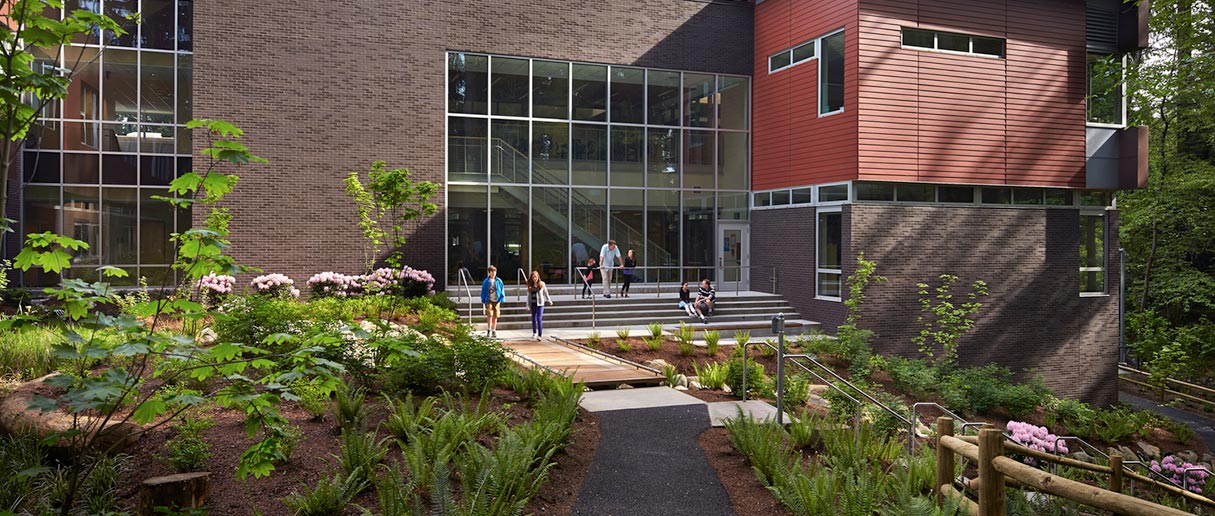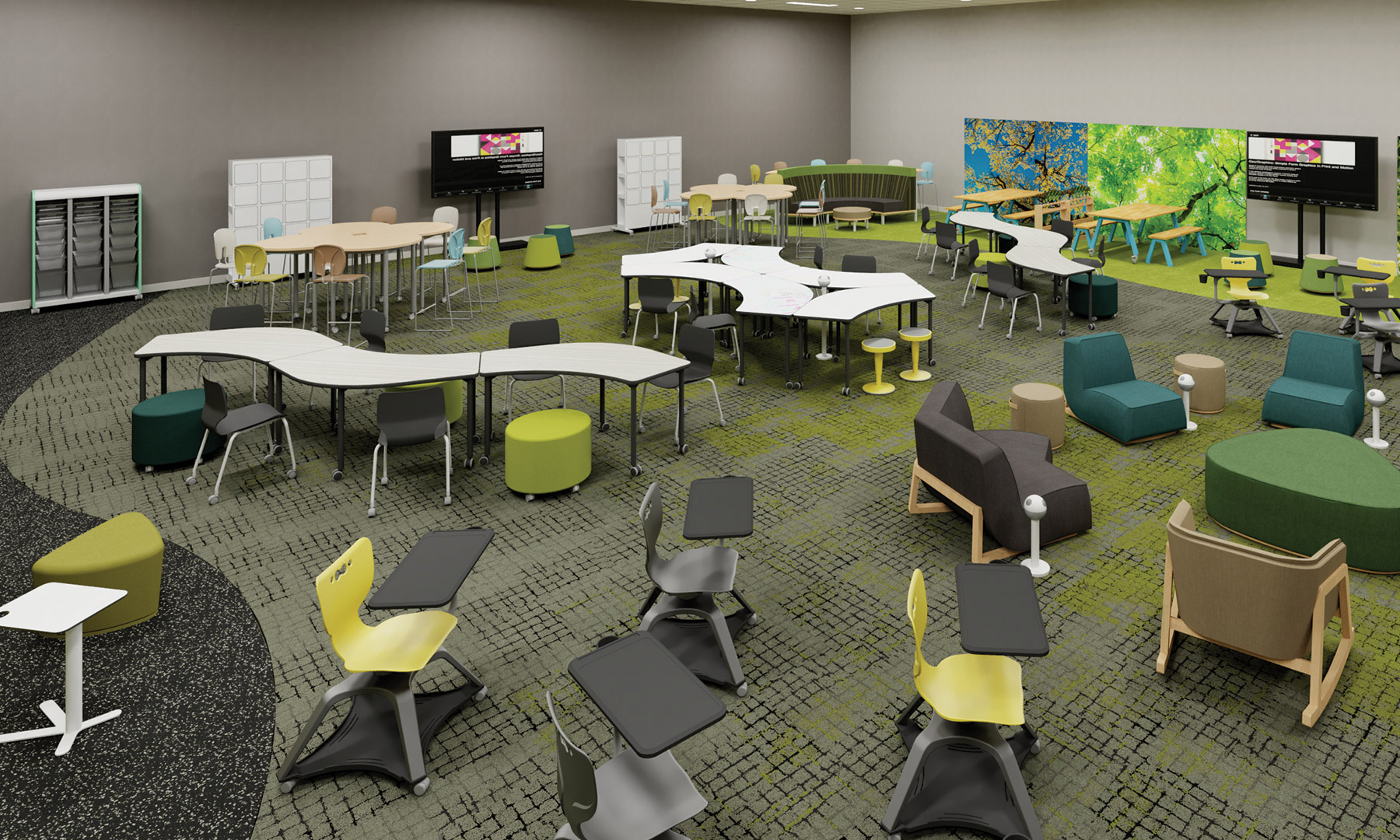Please Note: We have listed this article course as a flipbook on this page for those interested in auditing the course/lesson. If you need to report this course for Continuing Education (CE) or need a certificate, please enroll in the course or get a Platinum membership and access all our courses at your leisure. Enrolled students must take and pass the short quiz in order to earn CE credits. In addition, this course needs to be self-reported. Self-reporting information will be accessible once you complete the Quiz.
Classroom design influences all of these things and can be a useful starting point to create learning environments that are welcoming, nurturing, and intellectually stimulating. Biophilic design is a human-centered strategy aimed at creating environments that connect with our innate predisposition to prefer nature and in particular natural elements associated with safety and abundance. These environments can reduce stress, enhance cognitive functioning, and improve mood. Let’s explore more in the course “Biophilic Design for Schools“.
What You Will Learn
- Examine the impact of stress and attentional fatigue on learning.
- Define Biophilic Design and its six elements.
- Discover how biophilic design attributes, such as daylighting and views of nature, impact students’ ability to learn, and why Biophilic Design for Schools is important.
- Discuss why it is essential to cultivate Biophilia in students today.
Course Content







Responses